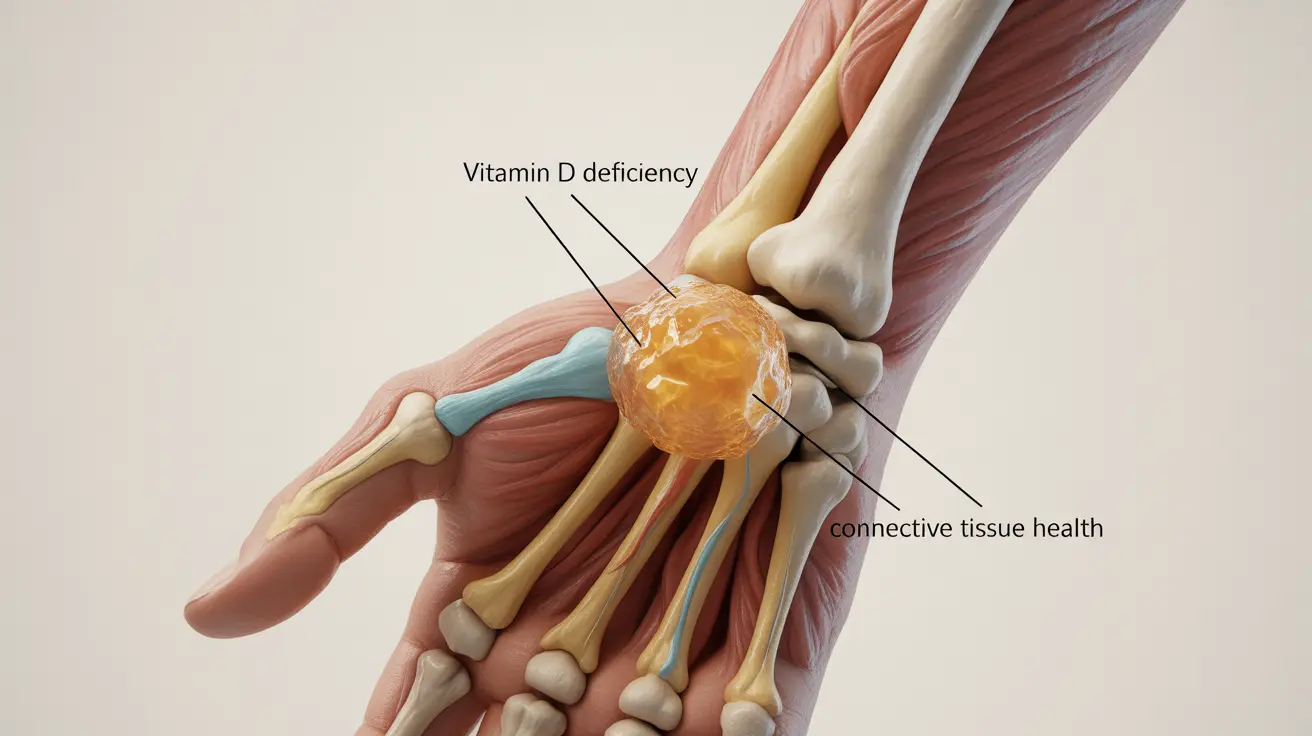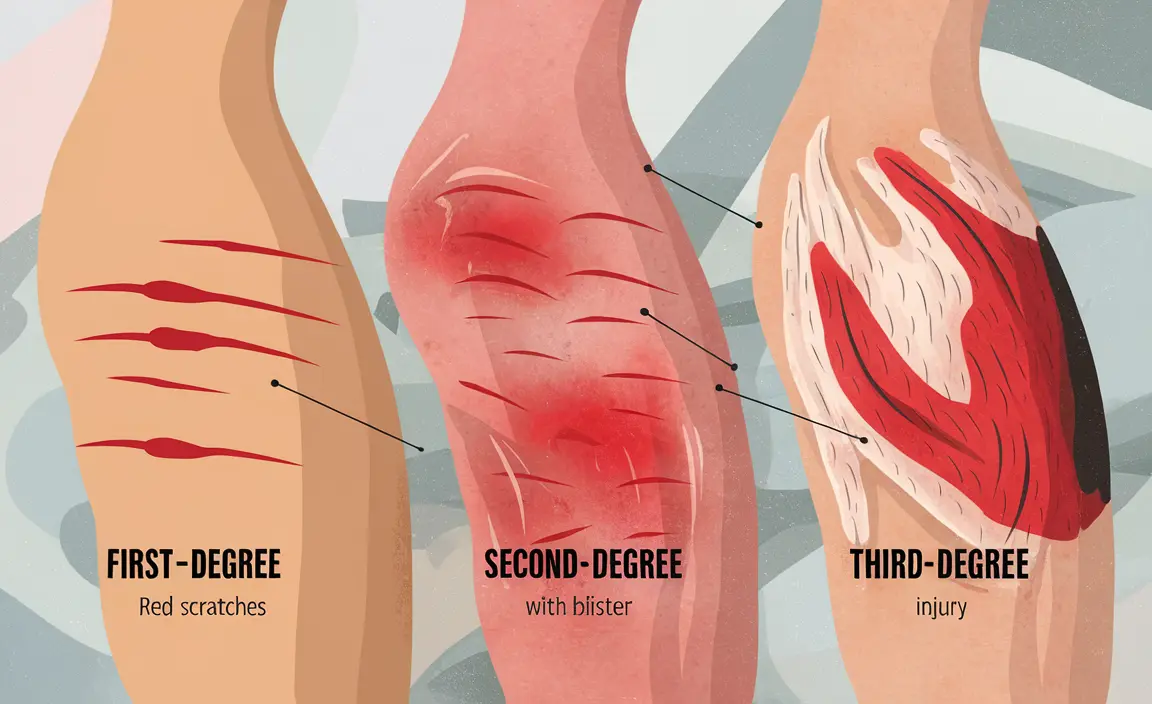Proper fruit washing is essential for maintaining good health and preventing foodborne illnesses. While many people assume that rinsing fruit under running water is sufficient, understanding the correct techniques for different types of fruit can significantly reduce your exposure to harmful bacteria, dirt, and pesticide residues.
Learning how to wash fruit properly not only enhances food safety but also helps preserve the natural flavors and nutritional value of your produce. With the right approach, you can confidently enjoy fresh fruit while minimizing health risks for you and your family.
Why Proper Fruit Washing Matters
Fresh fruits travel through multiple hands and environments before reaching your kitchen. During growing, harvesting, transportation, and storage, fruits can accumulate various contaminants including soil particles, bacteria, pesticide residues, and handling-related dirt.
The outer surfaces of fruits often harbor microorganisms such as E. coli, Salmonella, and Listeria, which can cause serious foodborne illnesses. Additionally, many conventionally grown fruits contain pesticide residues that, while typically within legal limits, can be reduced through proper washing techniques.
Even organic fruits require thorough cleaning, as they can still contain natural bacteria and dirt from the growing environment. Proper washing serves as your first line of defense against these potential contaminants.
Basic Principles of Fruit Washing
Start with Clean Hands
Before handling any fruit, wash your hands thoroughly with soap and warm water for at least 20 seconds. Clean hands prevent cross-contamination and ensure you're not transferring additional bacteria to the fruit surface.
Use Cold Running Water
Cold running water is the foundation of effective fruit washing. The mechanical action of flowing water helps dislodge dirt, bacteria, and surface residues more effectively than soaking in standing water.
Avoid using hot water, as it can damage delicate fruit skins and potentially drive contaminants deeper into the produce. Cold water maintains fruit quality while providing adequate cleaning power.
Washing Techniques for Different Fruit Types
Firm Fruits (Apples, Pears, Stone Fruits)
For fruits with firm, smooth skins, hold them under cold running water while gently rubbing the surface with your hands or a clean produce brush. Pay special attention to any crevices around the stem area where dirt commonly accumulates.
If using a produce brush, choose one with soft bristles to avoid damaging the skin. Scrub gently in circular motions, then rinse thoroughly under running water to remove loosened particles.
Soft Berries and Delicate Fruits
Berries require gentler handling due to their delicate structure. Place them in a colander and rinse under a gentle stream of cold water, allowing the water to flow through the berries without direct pressure.
Avoid soaking berries, as they can absorb excess water and become mushy. Gently shake the colander during rinsing to ensure all surfaces are cleaned, then pat dry with clean paper towels.
Large Fruits with Thick Rinds (Melons, Pineapples)
Even though you don't eat the rind, washing large fruits with thick skins is crucial because cutting through unwashed surfaces can transfer contaminants to the edible flesh inside.
Use a clean produce brush to scrub the entire surface under cold running water. For melons, pay particular attention to the netted areas where bacteria can easily hide. Rinse thoroughly and dry with a clean towel before cutting.
Citrus Fruits
Wash citrus fruits under cold running water while gently scrubbing with your hands or a soft brush. If you plan to use the zest in cooking or baking, ensure extra thorough cleaning and consider using a small amount of baking soda on a clean brush for additional cleaning power.
Natural Cleaning Solutions
Baking Soda Solution
For enhanced cleaning, create a solution using one teaspoon of baking soda per cup of water. Soak fruits for 12-15 minutes, then rinse thoroughly under cold running water. This method can help remove additional pesticide residues and surface contaminants.
Vinegar Rinse
A solution of one part white vinegar to three parts water can provide extra antimicrobial action. Soak fruits for a few minutes, then rinse thoroughly with cold water to remove any vinegar taste or smell.
When to Wash Fruit
The optimal time to wash fruit depends on when you plan to consume it. For immediate consumption, wash fruit just before eating to maintain peak freshness and prevent premature spoilage.
If you prefer to prepare fruit in advance, wash and thoroughly dry it before storing in clean containers in the refrigerator. However, be aware that pre-washed fruit may have a shorter shelf life than unwashed produce.
Never wash fruit before long-term storage, as excess moisture can promote mold growth and bacterial proliferation during storage.
What to Avoid When Washing Fruit
Avoid using dish soap, antibacterial soaps, or commercial cleaners on fruit. These products can leave residues that are not safe for consumption and may penetrate the fruit's skin.
Don't use bleach solutions or other harsh chemicals, as these can be toxic and may alter the fruit's taste and nutritional content. Commercial produce washes are available but are generally unnecessary if proper water-based washing techniques are followed.
Avoid soaking fruits for extended periods, especially berries and other delicate produce, as this can lead to loss of nutrients and changes in texture.
Drying and Storage After Washing
After washing, gently pat fruits dry with clean paper towels or allow them to air dry completely. Proper drying helps prevent bacterial growth and extends shelf life.
Store washed and dried fruits in clean containers or bags in the refrigerator. Ensure storage containers are completely dry before adding fruit to prevent moisture-related spoilage.
Frequently Asked Questions
What is the best and safest way to wash fruit to remove dirt and bacteria?
The safest method involves holding fruit under cold running water while gently rubbing the surface with your hands or a clean produce brush. For delicate fruits like berries, use a gentle rinse in a colander. Always start with clean hands and ensure thorough rinsing to remove loosened contaminants.
Should I use soap, vinegar, or baking soda when washing fruits and vegetables?
Never use dish soap or antibacterial soaps on fruit, as these can leave harmful residues. Cold running water is usually sufficient, but you can use natural solutions like a baking soda wash (1 teaspoon per cup of water) or diluted vinegar (1 part vinegar to 3 parts water) for enhanced cleaning. Always rinse thoroughly after using these solutions.
When is the right time to wash fruit before eating or storing it?
For immediate consumption, wash fruit just before eating to maintain peak freshness. If preparing fruit in advance, wash and thoroughly dry it before refrigerating in clean containers. Never wash fruit intended for long-term storage, as excess moisture promotes spoilage.
How do I wash different types of fruit like berries, apples, and melons correctly?
Firm fruits like apples should be scrubbed under running water with hands or a soft brush. Berries need gentle rinsing in a colander without soaking. Large fruits like melons require thorough scrubbing of the entire surface with a clean brush, even though you don't eat the rind, to prevent contamination when cutting.
Can washing fruit remove pesticide residues and reduce foodborne illness risk?
Proper washing can significantly reduce both pesticide residues and harmful bacteria on fruit surfaces. While it may not eliminate all residues, studies show that thorough washing with cold running water removes most surface contaminants. Using baking soda solutions can provide additional pesticide removal benefits.




